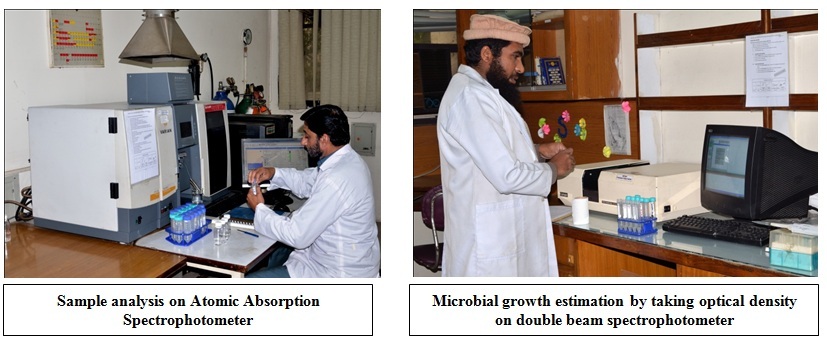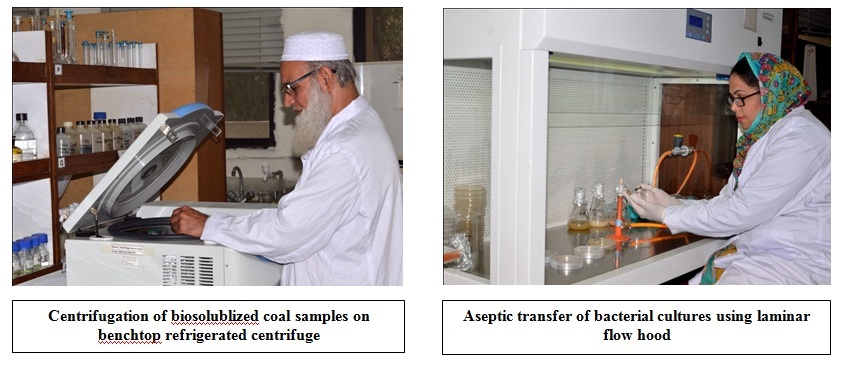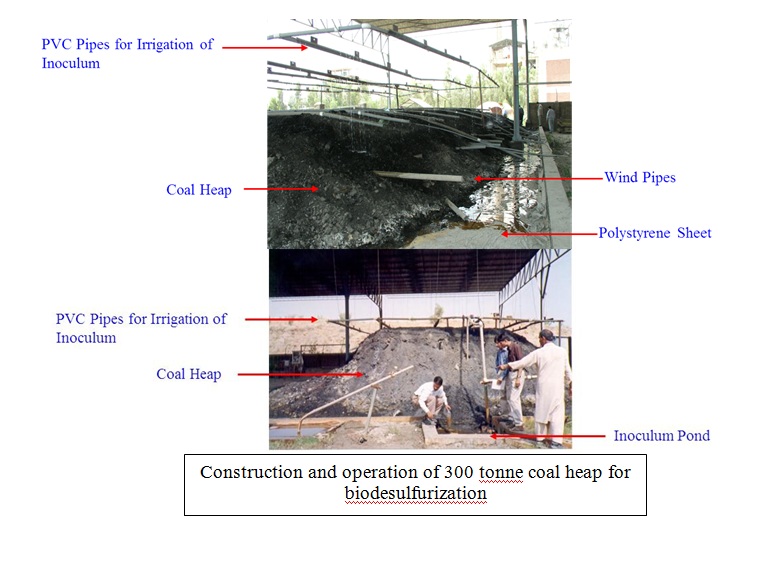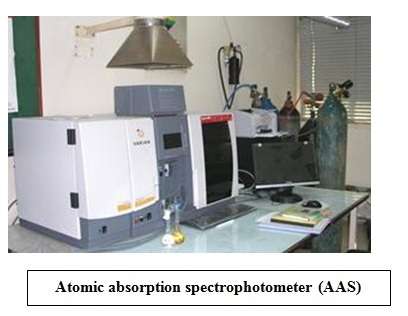mirtazapine 15mg
mirtazapine dosage
website
Group Leader:
Dr. Kalsoom Akhter
Dy. Chief Scientist
Team Members:
It is the mandate of our institute to help in the development of country through applications of
modern biotechnology and genetic engineering. In this regard, Bioprocessing of Ores and Fossil Fuels group of Industrial Biotechnology Division has an aim to explore and build up innovative systems, so as to strengthen and simplify the control of bioprocesses, by ensuring safe, reliable and economical biologically derived material. The research focus of Bioprocessing of Ores and Fossil fuels (BOF) group encompasses following areas:
- Biohydrometallurgical recovery of metals from indigenous ores
- Biotechnology of Fossil Fuels
- Microbial biodiversity and systematics
- Whole genome sequence analysis of microbial genomes
- Provision of commercial services for quality checks for various industries
1- HD photographs of Lab Activities


2. Products/Patents
Coal biodesulfurization through heap leaching
Pakistan, with 185 billion tonnes of coal reserves, has less than 10% share in terms of coal, in total energy mix of country. Most of the Pakistani coal reserves are sub-bituminous or lignitic in nature and contain 3-12 % sulfur. Existence of sulfur compounds in coal limits its industrial application due to environmental as well as technical problems. In NIBGE, lab scale experiments for coal biodesulfurization led to 90% efficiency in sulfur removal. Heap leaching was also carried out at the level of 10 and 20 tonnes coal heaps with 60% sulfur removal efficiency. Furthermore, a prototype of 300 tonnes coal heap was set up with a local cement industry and 75% microbial desulfurization was achieved. The league of indigenously isolated chemolithotrophic bacteria was involved in coal desulfurization.

3. Services
Metal Analysis by Atomic absorption spectrophotometer
We are providing analytical services for the estimation of metals from different samples. For the analysis of elements we are using the Atomic Absorption Spectrophotometer (AAS).
Atomic absorption spectroscopy (AAS) is a procedure for the quantitative determination of chemical elements using the absorption of optical radiation (light) by free atoms in the gaseous state. In analytical chemistry the technique is used for determining the concentration of a particular element (the analyte) in a sample to be analyzed. AAS can be used to determine over 70 different elements in solution. It requires standards with known analyte content to establish the relation between the measured absorbance and the analyte concentration and relies therefore on the Beer-Lambert Law.
Atomic absorption spectroscopy is very useful for the determination of a large number of elements, especially at trace levels. It is a widely used technique for analysis of a wide variety of sample matrices including biota, soils, fossil fuels, chemical compounds, ores and water etc.
